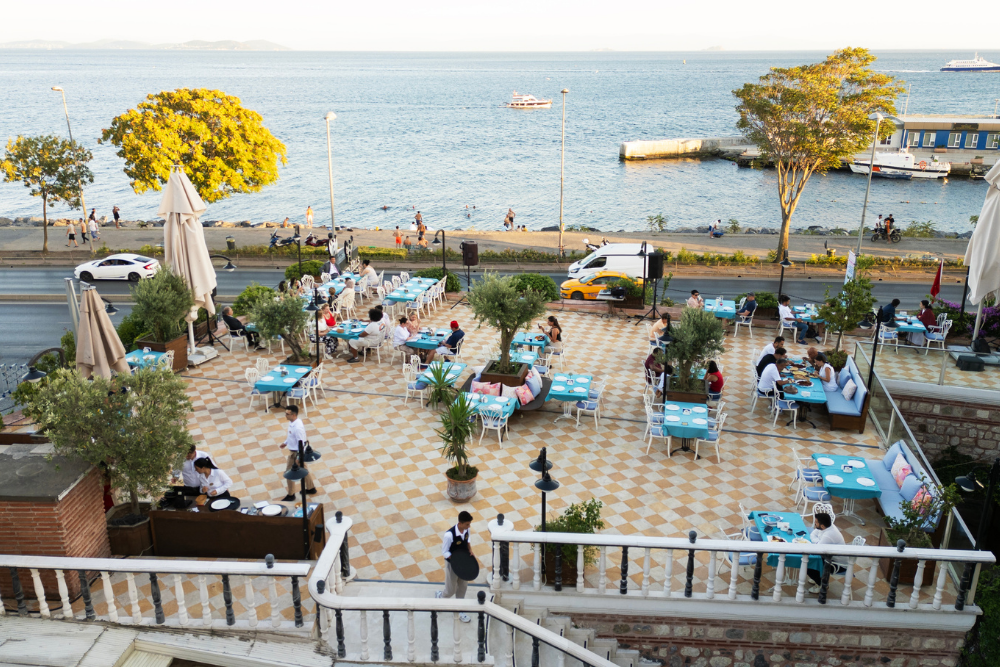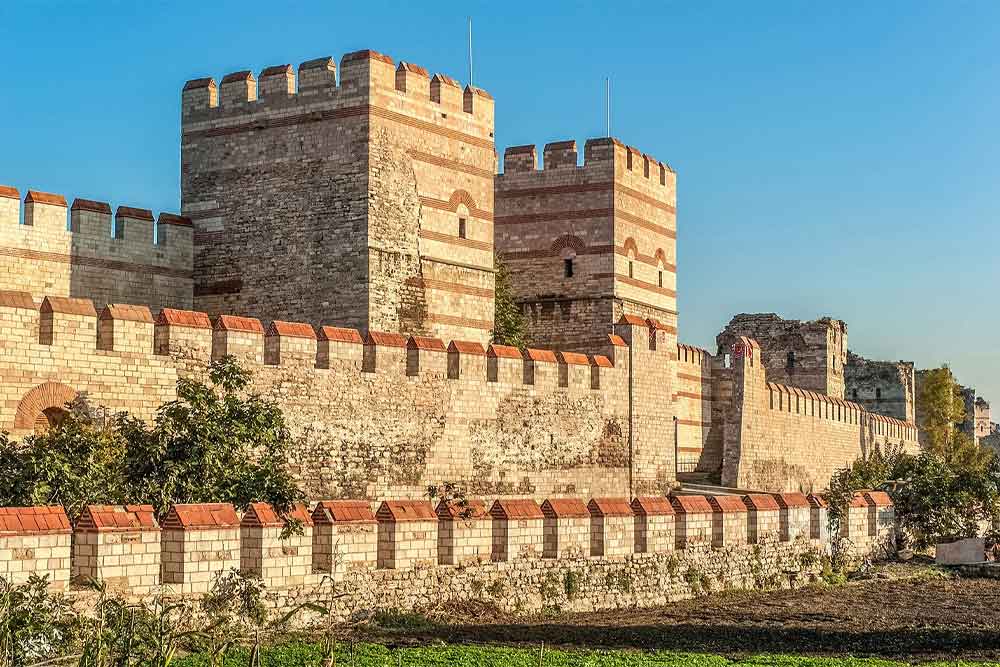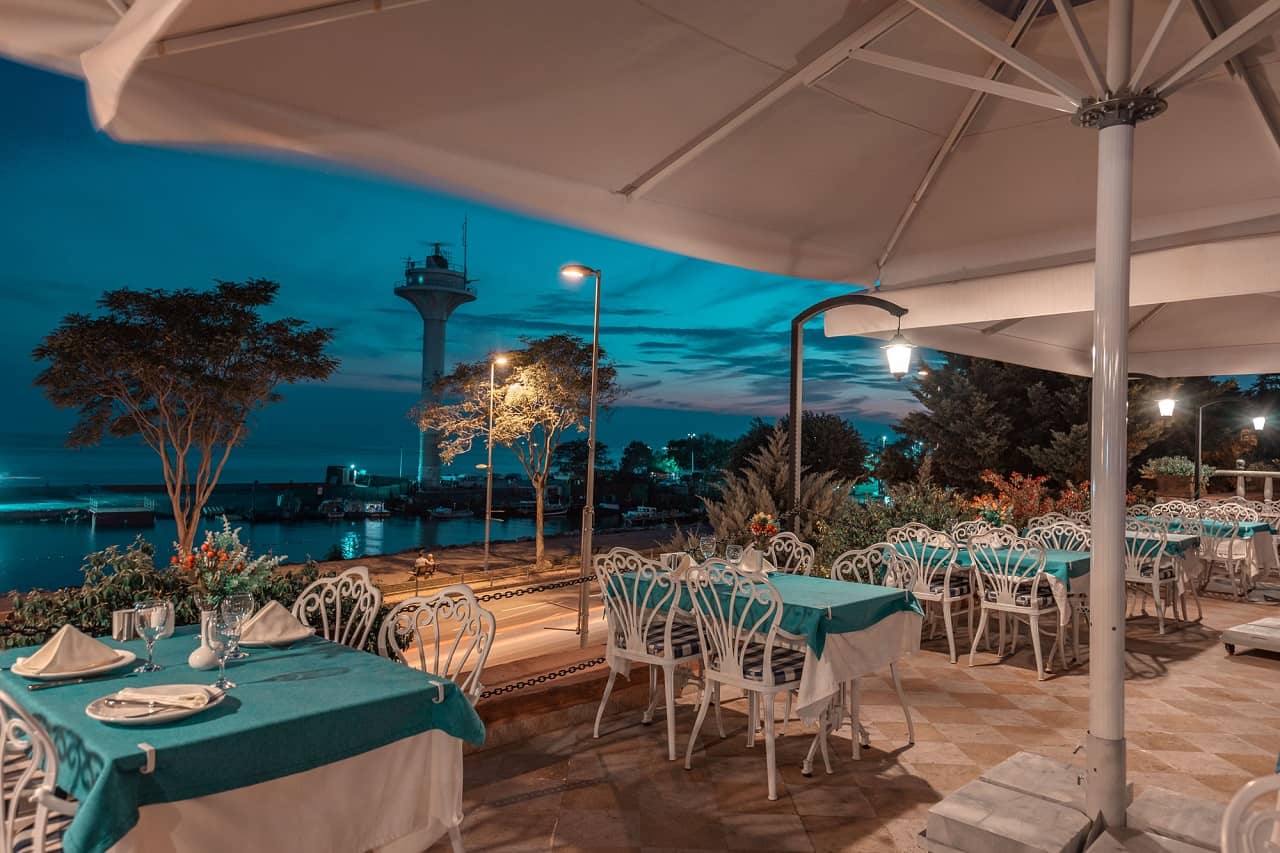Welcome to Ruvia Restaurant
Our restaurant is open between 12:00 - 00:00.
Welcome to Ruvia Restaurant!
Ruvia Restaurant is waiting for you right next to the Bosphorus, in the middle of history. It serves you, our valued guests, with its thousands of flavors and a terrace with a Bosphorus view.
You are in a place that offers the most unforgettable experiences among Istanbul restaurants. A restaurant that pleases its guests with its wide variety of food options, superior service quality, unique sea view and peaceful atmosphere.
Best Location in Istanbul
Ruvia Restaurant, located in Istanbul's Old City, differs from all other Istanbul restaurants with its location. The blue of the sea accompanies your meal at Ruvia, which is just a few steps away from the blues of Istanbul.
An open-air restaurant with a Bosphorus view, delicious menu, and quality service in Istanbul. You can spend quality time at Ruvia Restaurant and watch the wonderful view of Istanbul. You are invited to this peaceful restaurant.
Ruvia Restaurant is one of the best Sultanahmet restaurant options in the Sultanahmet area of the Historic Peninsula. It is one of the rare restaurants by the sea, within walking distance of the tourist attractions in Sultanahmet. Do not leave Istanbul without experiencing this experience.
If you are looking for a Sultanahmet restaurant close to the places you visit, Ruvia will be the best option for you. Reserve your table now and enjoy this magnificent Istanbul restaurant.










